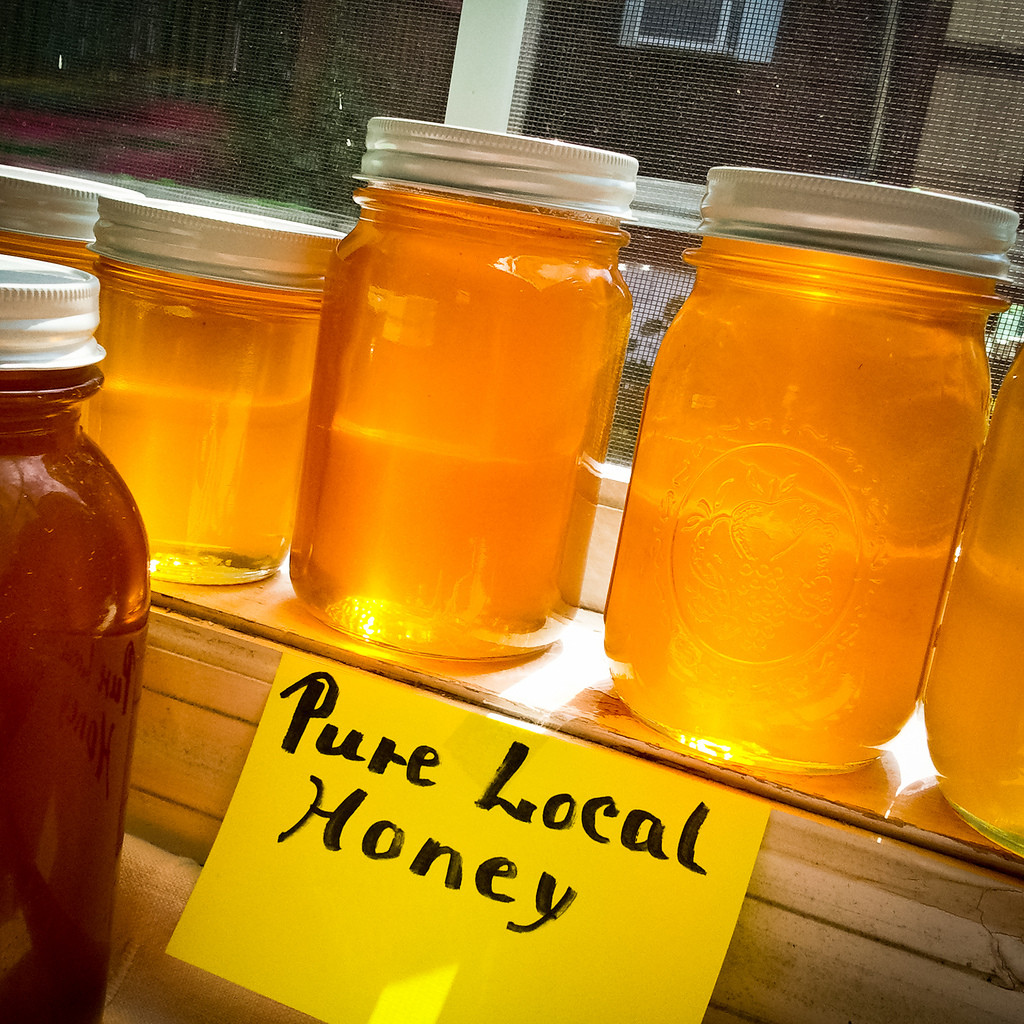It might be hard to believe, but spring is here! While spring summons images of sunshine, fresh blooms and picnics in the park, it also brings with it one unfortunate reality – allergies (aka sneezing, watery, itchy eyes and general unpleasantness). But, all hope is not lost! Incorporating one simple item into your diet this spring may help lessen your symptoms.
Not only is honey sweet, sticky and sumptuous, but it’s also good for you. You’re probably wondering how in the world it can help with spring allergies though. Like a vaccine, honey contains a small amount of the substance, pollen in this case, that mounts an immune response in your body. By exposing your body to pollen in small amounts, it is more able to build up an immunity to it- which means fewer Kleenex and less Benadryl for you.

Photo via Flickr user Mike Fabio (revrev)
Let’s take this one step further. By eating local honey, you are ingesting trace amounts of pollen from the plants in the area you live. Although there have not been many studies proving the benefits of local honey, one study at Xavier University found that over a six-week period, allergy sufferers eating local honey had the most reduced symptoms compared to participants given non-local honey or no honey. The key point here is that the honey should be local, not that teddy bear shaped plastic container you’ll find at the supermarket (which has been heated, pasteurized and zapped of real flavor).
So, if you’d like to get ahead before your allergies strike this spring, head out to the local farmer’s market and talk to a beekeeper. Not only will your eyes and ears thank you, but your taste buds and the bees will thank you too.
For honey lovers and non-honey lovers (also read: crazy people) alike, there are easy ways to incorporate honey into your diet:
-Top yogurt or oatmeal with honey
-Use honey in baked goods in place of sugar
-Use honey in homemade salad dressings
-Honey roasted root vegetables
Hold the phone, there are so many ways to use honey!

